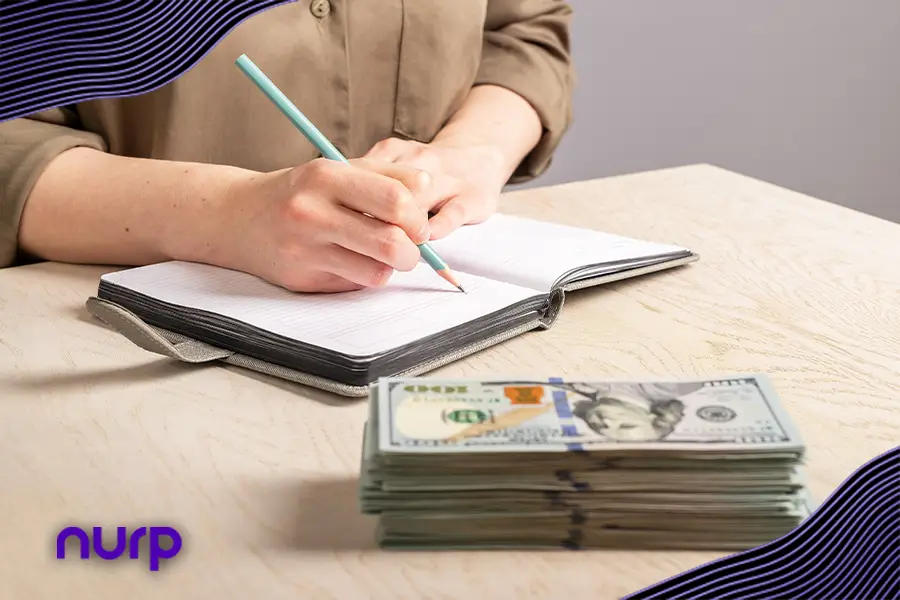Key Takeaways
Set a clear goal for your emergency fund based on your monthly expenses.
Create a budget to identify areas to save and regularly allocate funds towards your emergency savings.
Automate your savings to make consistent progress and use windfalls to boost your fund faster.
Building an emergency fund might seem daunting, especially if you’re starting from zero. But don’t worry; it’s entirely doable with a bit of planning and discipline. Think of your emergency fund as your financial safety net, ready to catch you if life throws unexpected expenses your way. Whether it’s a car repair, medical bills, or an unexpected job loss, having a financial cushion can make all the difference. Here’s how you can build an emergency fund from scratch and ensure you’re prepared for whatever comes your way.
Read More: Unlocking Financial Freedom: The Ultimate Guide to Forex Trading as a Side Hustle
1. Set a Realistic Goal
The first step in building your emergency fund is to determine how much you need. A good rule of thumb is to aim for three to six months’ worth of living expenses. Start by calculating your monthly costs—rent or mortgage, utilities, groceries, and other essentials. Once you have your monthly expenses figured out, multiply that number by three to six to set your emergency fund goal. If this seems overwhelming, don’t worry! Start with a smaller, manageable target and work your way up.
2. Create a Budget
Next, you need a plan to reach your goal. Creating a budget is essential for understanding where your money goes each month. Track your income and expenses to identify areas where you can cut back. Maybe you can reduce dining out or cancel a subscription you don’t use. Allocate the money you save towards your emergency fund. Even small contributions add up over time.
3. Automate Your Savings
One of the easiest ways to build your emergency fund is to automate your savings. Set up an automatic transfer from your checking account to a dedicated savings account each month. Treat this transfer like a fixed expense—essential and non-negotiable. This ensures you consistently save without having to think about it. Over time, these small, regular contributions will grow into a substantial fund.
4. Use Windfalls Wisely
When you receive extra money, such as a tax refund, bonus, or gift, consider putting it straight into your emergency fund. These windfalls can give your savings a significant boost and help you reach your goal faster. It’s a great way to speed up the process without impacting your regular budget.
Conclusion – Stay Committed
Rome wasn’t built in a day, and neither is an emergency fund. Stay the course, even if it feels like you’re inching along. Every little bit adds up, so don’t let slow progress deter you. Keep your savings in a separate account to avoid temptation, and remember—future you will be grateful for the dedication you showed today.
The post How to Build an Emergency Fund from Scratch first appeared on Nurp.com.








